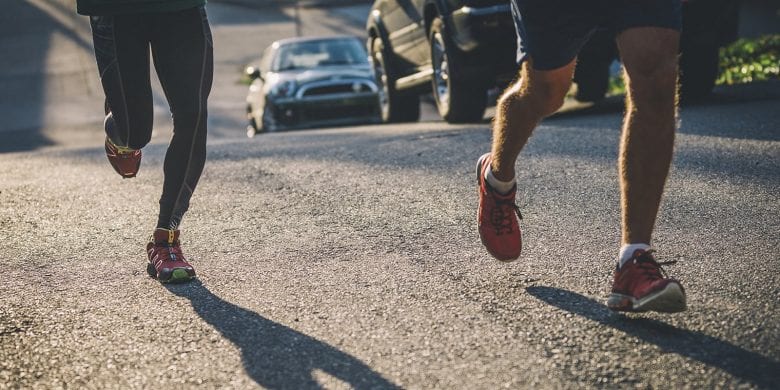
There’s more to buying shoes than just picking up the latest releases. When buying shoes, comfort should take precedence over style. After all, what good is a stylish shoe if it only brings pain and foot problems? Whether it be athletic footwear, men’s shoes, or even women’s shoes, knowing how to choose the right one can go a long way towards avoiding many foot ailments.
Today we’ll be discussing a number of shoe-buying tips to help you select appropriate, well-fitting shoes.
Athletic footwear
Athletic shoes are built for sports and dynamic movements. Some of the main characteristics of athletic footwear are flexible soles, ample cushioning for heel strikes, and unique outsole tread patterns that suit its specific function. Sports-related footwear can vary in terms of design, weight, material, and cushioning. For example, tennis shoes tend to be flat to provide adequate grip on the court surface while running shoes use bouncier midsoles to absorb the impact associated with running.
When buying athletic footwear, the shoes should fit comfortably and provide enough ankle support for the intended activity. We recommend going to a store and trying out the shoe to ensure good fit. Some shoes don’t have enough room for wider feet, meaning you’ll have to adjust a few sizes up or down depending on how the shoe fits. Remember, not every athletic shoe fits true to size due to design and sizing differences so it’s always best to try out athletic footwear before purchasing them.
Men’s shoes
In terms of men’s shoes, ACT Podiatry recommend a shoe that has a spacious toe box and one that conforms to your feet. The shoes should have ample horizontal and vertical space with a low heel height (about ½ inch) for maximum comfortability. Men’s shoes are notoriously stiff, however they will break in over time after repeated use. Some manufacturers use supple leather uppers like goatskin and calfskin to reduce stiffness, although the shoe won’t retain its shape for longer compared to stiffer leather uppers.
Men’s shoes are available in both hard and soft soles, with the latter being more comfortable thanks to better cushioning. If you wear men’s shoes and stand for long periods of time, we suggest choosing a shoe that has soft, pliable soles to protect your feet and keep them comfortable throughout the day.
Women’s shoes
Women in particular, need to be selective with their shoes. High-heeled shoes for example, can lead to foot problems like ankle pain and exacerbate them with extended use. If you are required to wear high-heeled shoes, choose a pair with wider platforms to allow for better stability. You can also use orthopedic pads to alleviate the pressure from your ankles. If possible, alternate between flat shoes during the day to minimise the risk of foot problems from developing.
Look for walking pumps that are not only attractive, but comfortable as well. The heel cup should be reinforced and the toe box should be wide enough to accommodate all of your toes without feeling cramped. You want to avoid pumps with a pointed toe. While it may look appealing, it won’t do your feet any favours as it can cause orthopedic issues like ingrown toenails, hammer toes, and calluses.
General tips when buying shoes
- Take the time to measure your shoe size and reference that with the sizing chart of manufacturers to ensure good fit.
- When buying online, read the reviews and see if the shoes are true to size. This helps eliminate the guesswork of whether to go up and down a shoe size.
- Try on the shoes and walk around the store. You want the shoes to feel comfortable as you hit your stride.
- If you can’t wiggle your toes, chances are the shoe is too small. Square-toed and rounded shoes offer the most toe room while narrower or pointed shoes feel the most cramped.
- Keep in mind that sizes may differ from brand to brand. If you have wide feet, you’ll have to adjust half a size since most shoes are designed for narrow feet.
- When trying out shoes, wear a sock or other foot garments that you normally use. If you find that the shoes are tight with socks on, it’s okay to go half a size up to allow more room for the foot garment.
- Break in the shoes prior to wearing them for long periods. This allows the shoe to conform better to your feet and reduce discomfort while wearing them.
When buying shoes, there are a lot of things to consider. Hopefully with these shoe-buying tips, you’ll be better informed on which shoes you should pick up. Many people suffer from foot problems due to ill-fitting shoes. If you want to avoid bunions, ingrown toenails, and painful blisters, grab the most comfortable shoe that fits your intended use.
